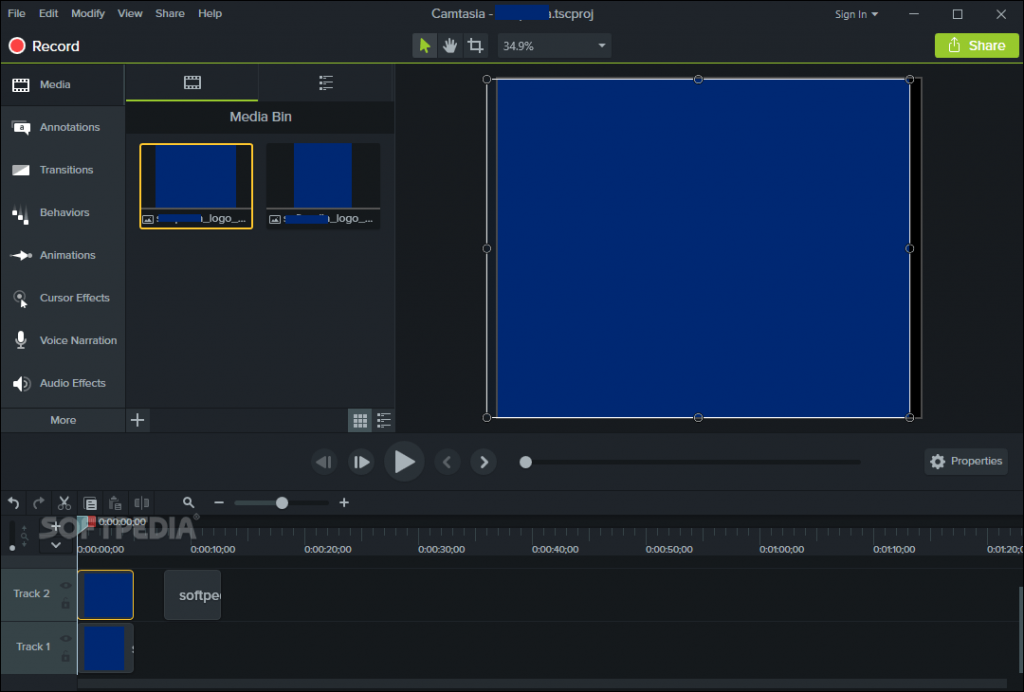

There are many types of WebRTC applications, such as multi-party video conferencing, broadcasting, screen sharing, real-time chats, video-based discussions, virtual tour, video recording, taking photos from a webcam, etc. It’s supported by the most browsers and platforms, except for Internet Explorer: Consequently, we don’t need plugins such as Flash and SilverLight (image below): WebRTC allows us to manage media communication inside web pages by allowing direct peer-to-peer communication, eliminating the need to install plugins or download native apps. It includes components to conceal packet loss and clean up noisy images, as well as capture and playback capabilities across multiple platforms. The WebRTC project builds on the VP8 codec. This includes software-based acoustic echo cancellation, noise reduction, and hardware access and control across multiple platforms. It not only includes the necessary codecs but other components necessary to great user experiences as well. WebRTC offers a complete stack for voice communications. WebRTC is being standardized through the World Wide Web Consortium (W3C) and the Internet Engineering Task Force (IETF). It’s supported by Apple, Google, Microsoft, Mozilla, and Opera. It allows audio and video communication to work inside web pages. WebRTC (Web Real-Time Communication) is a free, open project that provides web browsers and mobile applications with Real-Time Communications (RTC) capabilities via simple application programming interfaces (APIs).


 0 kommentar(er)
0 kommentar(er)
